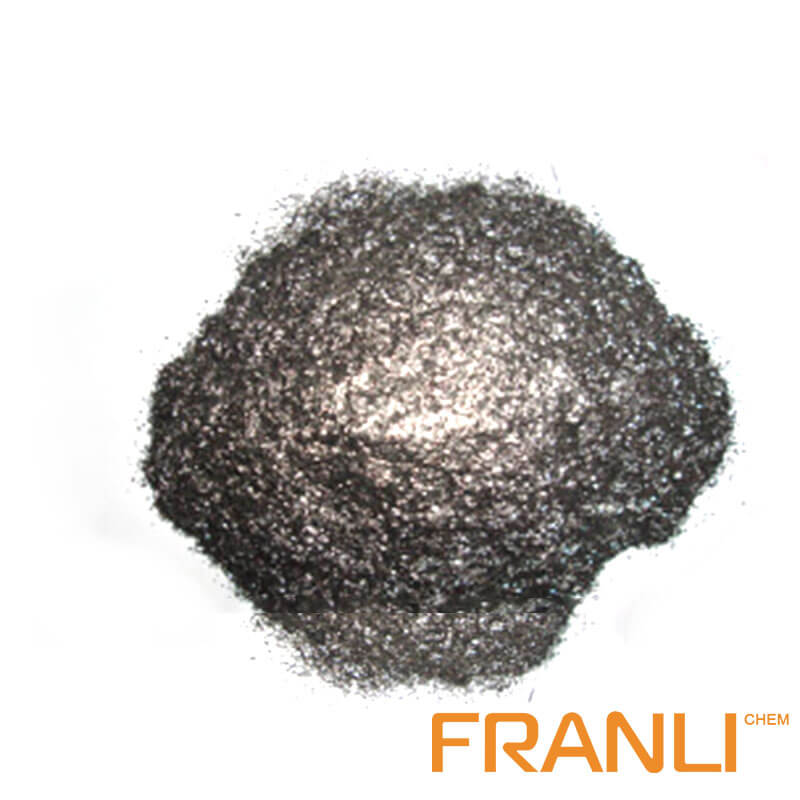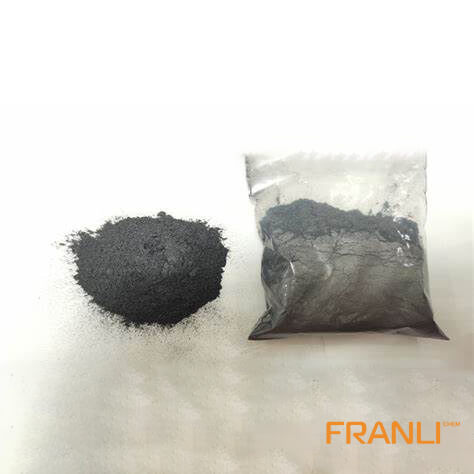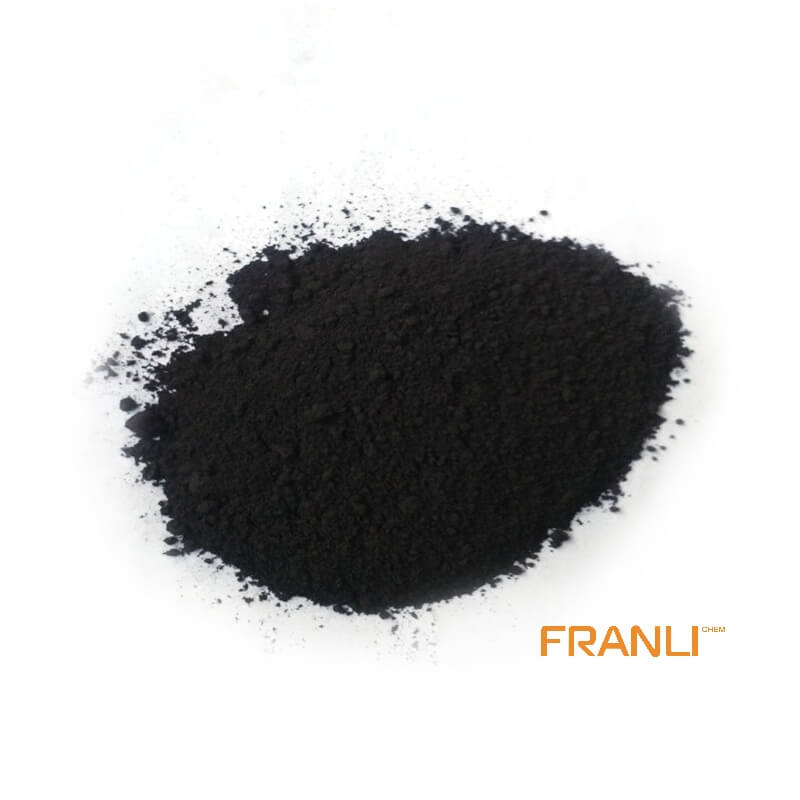


Flake Graphite
Size
0.01mm
Carbon Content
99%min
Package
25kg small bags into ton bags
Origin
China
Features
thermal shock resistance, lubricity, conductivity and plasticity…
Application
Lead battery plates positive and negative conductive agent, lithium batteries nickel hydrogen etc
Natural flake graphite has superior physical and chemical properties and is widely used in metallurgy, coatings and refractory industries. It is an important non-metallic raw material that is indispensable for today’s high-tech. Flake graphite is divided into large flake graphite and fine flake graphite according to the size of its scales. Usually, large flakes refer to +32 mesh, +50 mesh, +80 mesh, and +100 mesh flake graphite.
Request a quote
What role does flake graphite play in our life?
Graphite is divided into two kinds, one is natual graphite; Second, artificial graphite. With the improvement of manufacturing technology, the function of artificial graphite is not inferior to that of natural graphite in many cases. However, in some fields, natural graphite has always maintained its unique advantages.
Among the natural graphite resources, flake graphite (crystalline graphite) has few reserves and high value. It has good conductivity, thermal conductivity, lubricity, and oxidation resistance. It is widely used in metallurgy, machinery, chemical industry, refractory, aerospace, and other industries. It is one of the indispensable non-metallic materials for the development of high and new technology.
Flake graphite is one of the most buoyant minerals in nature because of its flake structure and good surface properties. According to the scale size, the scale graphite can be divided into large-scale graphite (particle size is 0.3mm, 0.18mm, 0.15mm) and fine-scale graphite (particle size is less than 0.15mm). However, in comparison, large flake graphite has more advantages in the market and application, and the price of large flake graphite with the same grade is much higher than that of ultra-fine flake graphite.

Application of flake graphite
The purity of graphite is closely related to its application. It can be said that technical purification is the premise of graphite raw materials processing for graphite materials, and then according to the application field, graphite also needs to be reprocessed in terms of particle size, morphology, or performance.
With the progress of heating technology and acid leaching technology, the purity of graphite can be obtained is higher and higher. When the purity reaches 99% ~ 99.99% or higher, graphite has been widely used in carbon composite materials, electronic industry, friction materials, lubrication, and other fields.
Graphene
Graphene is a carbon material with a high specific surface area and wide application potential. It has remarkable excellence in specific capacity, cost, and life compared with other products. Its raw materials are mainly related to product types and preparation methods.
For example, the raw materials of mechanical stripping, epitaxial growth, and graphite oxide reduction are natural flake (crystalline) graphite, among which large scale graphite is more favorable for graphene formation; The graphene film material prepared by gas deposition is carbon-containing gas, which has no relation with graphite.
Expanded graphite
As a new type of functional carbon material, expanded graphite (eg) is a kind of loose and porous wormlike material obtained by intercalation, washing, drying, and high-temperature expansion of natural graphite flakes. Large flake graphite is used to make eggs, and fine-grained graphite can not be used or is difficult to use.

In addition to the excellent properties of natural graphite, such as heat and cold resistance, corrosion resistance, and self-lubrication, eg also has the characteristics of softness, compression resilience, adsorption, ecological environment coordination, biocompatibility, and radiation resistance than natural graphite does not have. It can be used as fireproof filler, medical dressing, and flexible graphite as sealing material.
Graphite anode material for battery
Graphite has excellent conductivity and is 100 times higher than that of non-metallic ore, which is the most widely used cathode material of lithium-ion batteries. Both flake graphite and artificial graphite can be used for negative electrode materials of batteries. However, because of their low capacitance, the earth graphite can not be used as the negative electrode material of graphite.
Flake graphite has many advantages, such as low price, high electronic conductivity, large lithium-ion diffusion coefficient, high embedding capacity, and low embedding potential. However, it has a high application threshold and high requirements for the processing environment and technology of enterprises. In China, it is mainly used in the field of mobile phone and camera batteries, and the application enterprises include Shenzhen better company. The price of man-made graphite is high, but the application threshold is low, and the processing technology is not high. In a word, there are both crystalline graphite and artificial graphite in mobile phone and camera batteries, and the proportion of them is similar.

Refractories
Flake graphite itself has excellent thermal shock resistance and slag erosion resistance, and its products also have the properties of high-temperature resistance and high strength. It is widely used in high-grade refractory materials and coatings in the metallurgical industry, such as protective agents for ingots, the lining of the metallurgical furnaces, magnesia carbon bricks, crucible, and so on. However, it should be noted that large flake graphite is best used in crucible manufacturing.
Lubricating materials
The good lubricity of graphite material is derived from the crystal structure of graphite. Among them, the lubrication of large-scale graphite is better than that of fine-scale graphite. The bigger the graphite scale, the lower the friction coefficient, the better the lubricity. Flake graphite is often used as a lubricant in the mechanical industry. The graphite milk produced by deep processing is a good lubricant for many metal processing (drawing wire and drawing pipe).
In addition, the use of lubricating oil at high speed, high temperature, and high pressure will be greatly reduced, while graphite wear-resistant materials can work without lubricating oil at 200-2000 ℃ and high speed. In many types of equipment transporting corrosion mediums, graphite materials will be widely used to make piston cups, sealing rings, and bearing, so that lubricating oil is not required in operation.



